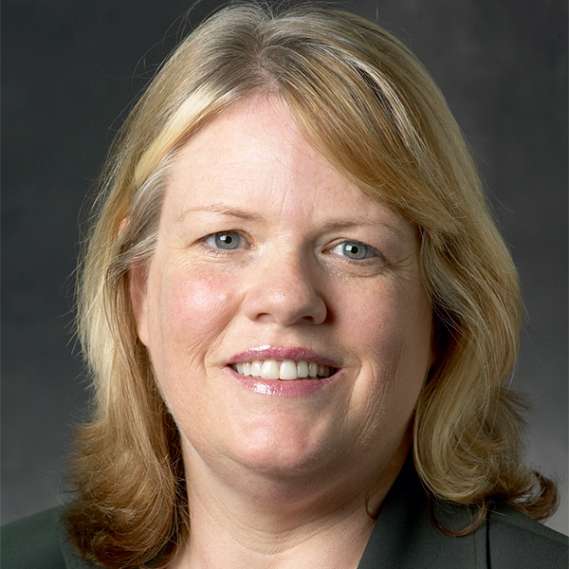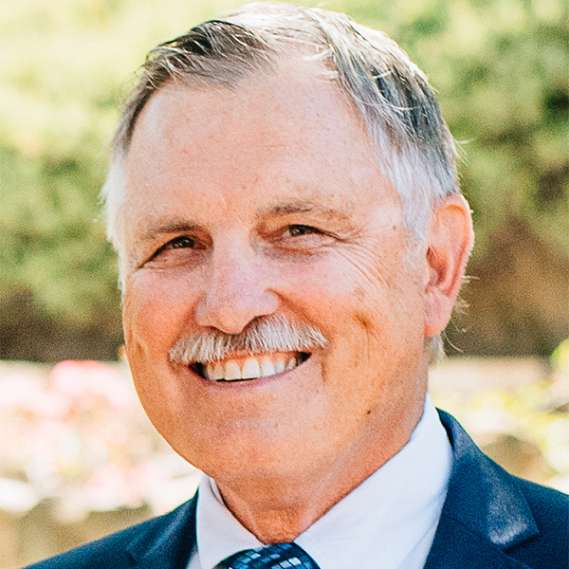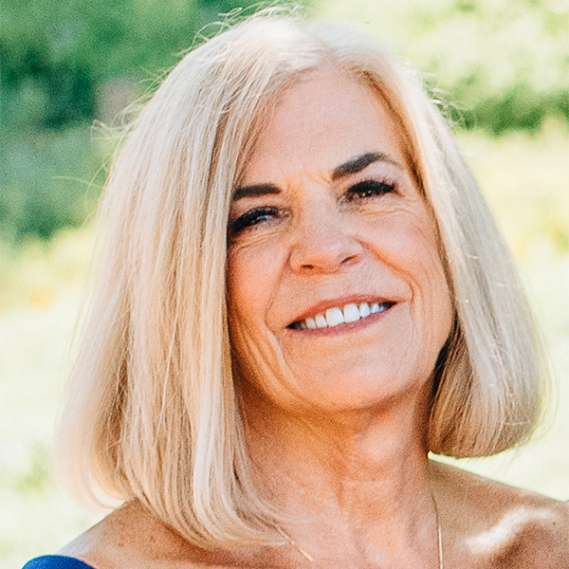By Susan O’Hara, Robert Pritchard, and Debi Pitta, authors, Literacy Classrooms that S.O.A.R.



Susan O’Hara is former director of the Center to Support Excellence in Teaching at Stanford University. Robert Pritchard is a professor emeritus of education at Sacramento State University. Debi Pitta is vice president of professional learning for EPF for Teaching. All three are former K–12 teachers with more than 40 years of classroom experience and extensive experience supporting districts to build instructional capacity.
This blog post is the second in a two-part series. Read part one first
The following is a conversation between the authors of Literacy Classrooms that S.O.A.R. and Ruben Reyes, Superintendent of Robla Elementary School District in Sacramento, CA. The authors have been working with Ruben and the teachers and administrators in his district for the past five years.
Authors: Why did your school district decide there was a need to re-envision its professional learning support system for teachers?
Reyes: Our professional learning approach was not improving teaching and learning. Like many districts, Robla offered a variety of disconnected professional learning initiatives. There was, for example, an initiative targeting student performance for English learners and low-income students (the majority of our student population) and another to develop a better teacher evaluation system. Layered on were additional professional learning activities, mostly targeting popular topics or new state initiatives. This piecemeal strategy was not yielding the results we hoped to see, and so, when we embarked on an effort to improve professional learning, we purposefully began moving toward a more coherent approach.
Were there certain factors you identified as keys to change?
Yes, we identified some key factors that we felt needed to be prioritized. These factors included: sharpening our focus on effective instructional practices; redefining the role of leaders; and creating dedicated time, staff, and structures for professional learning. The first step was realizing that we would need a shared definition of effective teaching to even begin talking about teaching practices. In the Robla School District, we defined coherence as the consistent use of high-impact teaching practices in all classrooms at all grade levels. These teaching practices also need a foundation of high expectations for students as stated in the district’s vision statement: “Every student reaches their potential in a growth-minded environment rich in challenging practices and reflective learning for all.”
How did you approach identifying a common set of instructional practices for the focus of your professional learning support system?
We wanted to choose practices that were grounded in research. We also wanted to provide descriptors of the practices to our staff so they could have meaningful discussions about instruction as well as envision these practices enacted at different levels. After much deliberation, we chose to adopt the Strategic Observation and Reflection (SOAR) Teaching Frames for literacy, a set of eight essential instructional practices organized into four Teaching Frames. SOAR, which is anchored in the Common Core State Standards and the California Standards for the Teaching Profession, is aligned with the district’s educational objectives and relates directly to the district-adopted English language arts curriculum.
What additional factors were needed for success?
In addition to adopting the SOAR Teaching Frames, the district created and began implementing the organizational structure for a professional learning support system. We recognized that to transform our professional learning approach, we needed new definitions of the roles of leaders in our system and that those leaders needed to create structures and systems of support. The leaders’ roles cross administrative levels and include: principals, district leaders, external partners, and the new position of professional learning support teacher (PLST). PLSTs work in pairs to provide ongoing support to other teachers on request. On any given day, one member of the pair is teaching in the classroom while the other member is supporting colleagues throughout the school district. This approach has deepened the interactions between PLSTs and other teachers, while still allowing the PLSTs to grow their own instructional practice through the implementation of SOAR practices in their own teaching.
In the midst of this work, we also saw that the role of the principal was critical to any efforts to bring coherence to teaching throughout the district. For Robla that meant finding a way to change how principals interacted with teachers, each other, and the district. We started with small changes: We encouraged principals to spend more time in classrooms and observe the instruction taking place in their schools. We also asked principals to attend and sit alongside teachers during professional learning. Initially, principals weren’t comfortable being present in these sessions, nor did teachers understand what they were doing there. However, confident this change was necessary, we persisted. Now, five years later, the role of the principal has undergone a transformation. Effective leadership is a regular topic of discussion at administrator meetings, and the work of Michael Fullan (2014) has provided insight to principals in the role they play in supporting teachers’ individual growth as effective instructors.
What have been some of the results you have seen across the district?
I would say that the SOAR Framework provided us with tools to help students find their voice. High-impact teaching practices actively engage students in their learning and provide them with the skills they need to interact with each other throughout the school day in nearly all curriculum areas. Students not only learn from their teachers but from each other. They are now learning to express their thinking and expand upon the ideas of others. Classrooms are filled with many points of view and more high-level thinking. Our entire school system is more coherent as these teaching practices have become part of the school day in all grades. In addition, we see evidence of this success in districtwide improvements in standardized testing. For example, standardized test scores in language arts showed a 5% gain in students who are meeting grade-level standards across the district. This is important when you compare it to a 1% gain in Sacramento County, where Robla is located, and a 1% gain statewide.
Now that you are five years into this journey what are some insights you could share with other district leaders?
Our approach to re-envisioning the district’s professional learning support system did not come with a set of instructions and, while it drew heavily on the use of data, it was not data-driven. Rather, it was teacher-driven and relied on continuously asking ourselves what concrete action we might take next to move the district one step closer toward a system that ensures effective teaching. Coherence is the result of aligning the pieces (i.e., effective teaching practices, collective professional learning opportunities, conditions that ensure professional dialogue takes place, and a culture that cultivates local teacher community) in support of our overarching aim: equity for students. We have created the foundations for a sustainable learning support system that invests in the ongoing professional growth of teachers and administrators and is grounded in a research-based vision of instruction. Most importantly, we have learned to rely on our own abilities as reflective practitioners and members of the larger educational learning community.
Photo by Katerina Holmes from Pexels
